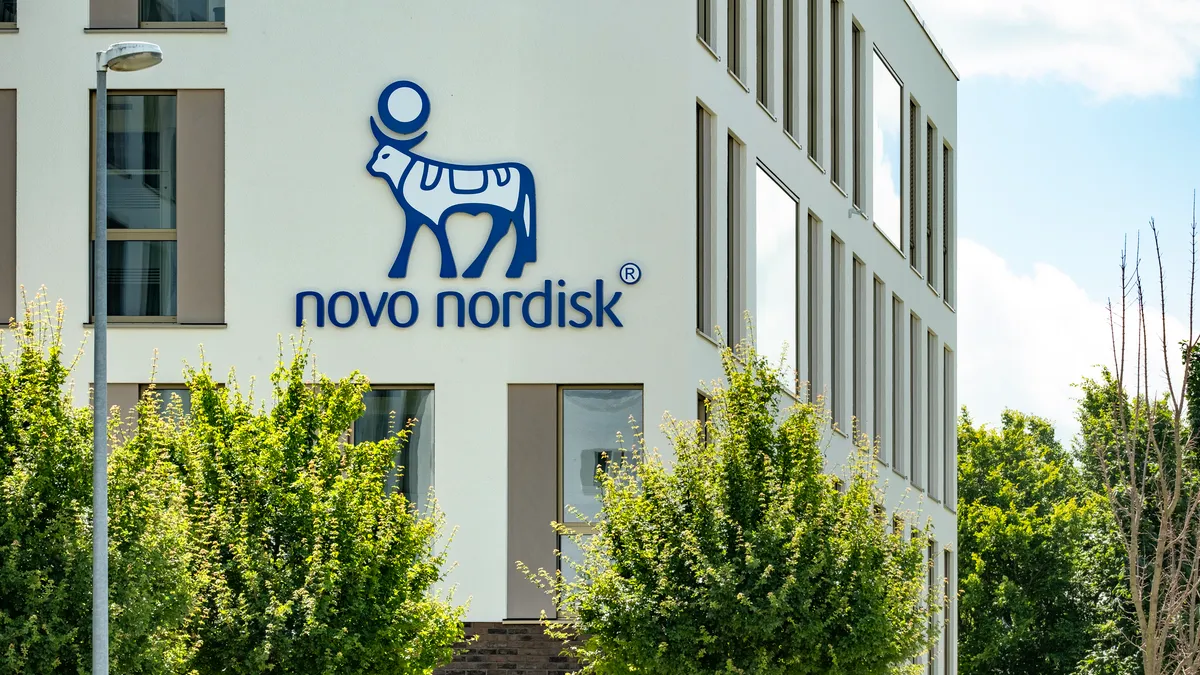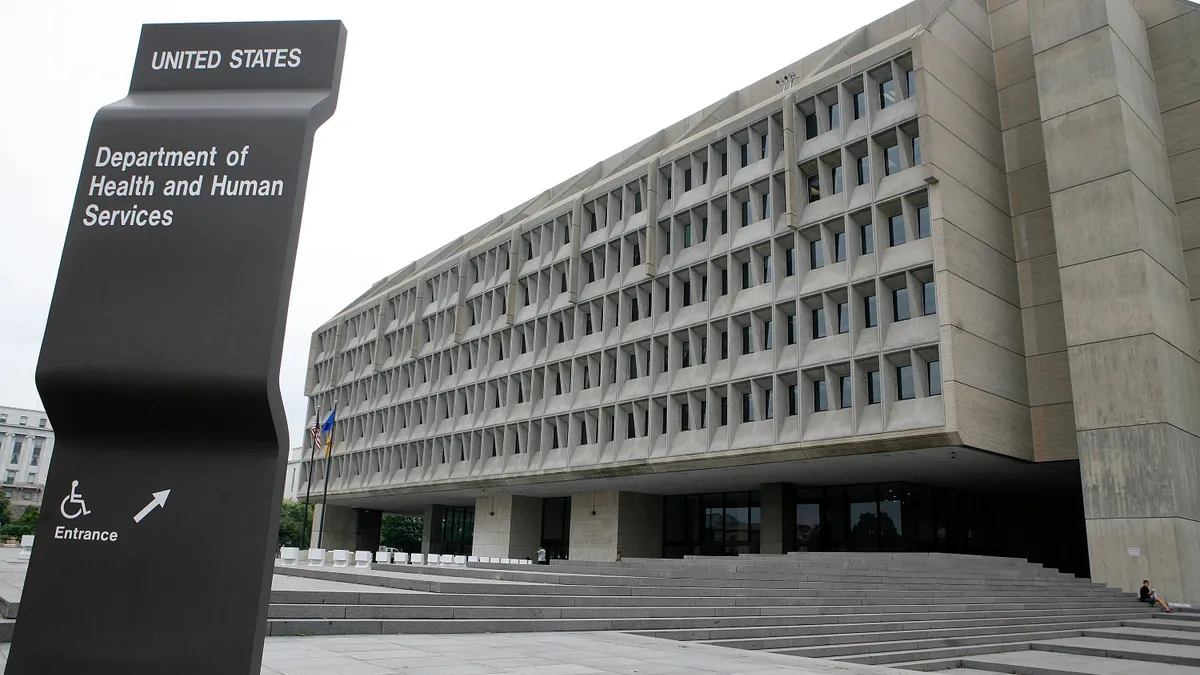The Russian invasion of Ukraine has elevated fears of a nuclear threat, prompting many to ask the question: "What if?”
Unfortunately, the answer is sobering. Currently, no post-radiation exposure treatment exists that can be deployed to victims of a large-scale event, says Marc Bigret, project manager for the nuclear range of products at Medesis Pharma, which is based in Montpellier, France.
Medesis is working to change that with a trio of investigational therapeutics aimed at treating radiation exposure and its effects. The company has revamped existing therapies, and is making them easier to administer, store and roll out quickly to hundreds of thousands of people in the wake of a civil or military nuclear event or accident, according to Dr. Jean-Claude Maurel, president and CEO of Medesis Pharma. The goal is to get these drugs approved and ready to manufacture in the next 18-to-24 months to create global emergency stockpiles.
The world has already seen the human toll of a nuclear attack and nuclear power plant accident. For people in the immediate vicinity, radiation exposure may be deadly, causing burns or radiation sickness. But it’s not only those nearby that are affected — a plume of radioactive pollution can reach people miles away, contaminating food and water sources, and exposing people directly when they breathe in the tainted air.
When people inhale radionuclides, such as plutonium, the particles enter the lungs and migrate to other organs, including the liver, bones and heart. They can stay in the body for decades, ratcheting up cancer risk over time. Many people go on to develop malignancies 10-15 years after exposure. The higher the radiation dose and the longer the exposure period, the greater the risk, Bigret says.
Two of Medisis’ investigational drugs are designed to help purge these substances from the body.
“If someone is contaminated by plutonium or cesium, for instance, it will take years to eliminate all that in the body. With our product, it's a question of weeks,” Bigret says.
By greatly reducing the exposure period, the drugs can potentially reduce the risk of cancer and other long-term health effects.
Existing drugs and drawbacks
The three Medesis drugs are built using existing therapeutics, some of which have been around for decades. But these older treatments are difficult to administer, requiring IV infusions or arduous dosing regimens, or they produce side effects that prevent them from being used in certain groups, including children, Bigret says.
Medesis began developing its drugs in 2015, working in collaboration with The French Alternative Energies and Atomic Energy Commission. The new therapeutics are more potent — which means lower and fewer doses — and they’re easily delivered through an oily liquid that is squirted into the mouth and absorbed through the lining of the cheek. The delivery method is a proprietary buccal active ingredient called Aonys. The simplicity of the system means that young children and even infants could potentially use the treatment. Plus, the treatments are shelf stable for up to three years, making them practical to keep on hand, Bigret says.
The company recently requested funding from France’s Defence Innovation Agency to fund the three programs and is looking to attract investments from other private and public sources to help move the treatments toward approval and manufacturing.
Bigret says the company has completed animal trials, which have produced very good results. It’s unethical to deliberately expose human beings to radiation to test the efficacy of the therapeutics, so the next step for Medesis will be to conduct safety studies on healthy, non-radiation-exposed volunteers. Bigret expects that the drugs will pass safety testing without a problem, because the drugs are not new.
“It’s a new product, but it’s not a new molecule,” he says.
The treatments in the Medisis pipeline include:
NU01: NanoCaDTPA
The drug calcium diethylene triamine penta-acetic (CaDTPA) has been in use for four decades. It’s a chelating agent, a type of drug that binds to metals in the body so they can be excreted. Administered intravenously to treat contamination with plutonium, “it’s quite easy to treat one to 10 people involved in a nuclear accident, but when you’re talking about treating 100,000 or a million people it becomes impossible,” Bigret says.
That problem is eliminated with Medesis’s version of the drug, NanoCaDTPA, which puts CaDTPA into the Aonys microemulsion. The drug completed the preclinical stage.
NU02: NanoPB (Prussian blue)
Medesis is developing another chelating agent called NU02, a modified version of Prussian blue, which is primarily used to remove, or decorporate, cesium from the body. The drug also completed the preclinical stage.
Prussian blue is difficult to take, particularly for children because it’s delivered via large 500 mg capsules. A typical dose might require up to 18 capsules a day for three months, and it commonly causes side effects such as constipation that can lead to irradiation of the pelvis. Because Medesis’ version is easier to take, it could potentially even be used in infants and young children, and it works much faster than the existing Prussian blue treatment, Bigret says.
NanoManganese
The third Medesis treatment is manganese sulphate in the Aonys microemulsion that has completed phase 1 trials. It’s not a chelating agent, but it can protect against the effects of radiation, quelling a potentially life-threatening overreaction of the immune system, called a cytokine storm, that can be triggered by radiation exposure. Cytokine storms may also occur in response to other causes, including infections like COVID-19. A phase 2 trial of NanoManganese for COVID-19 will be carried out in seven hospitals in Brazil.
In addition to these drugs, Medesis has a number of other candidates in the pipeline, including an antiviral medication targeting COVID-19 and influenza, three therapeutics targeting neurodegenerative diseases, including Alzheimer’s and Huntington’s disease, and two oncology drugs.
Updating emergency stores
Marketing the nuclear products to countries around the world would give the company means of potentially selling millions of doses.
“The three products may be used either together or separately, depending on how people are affected,” Bigret says. “All three should be stored in national stockpiles [and] spread throughout countries in order to deliver products everywhere in less than 24 hours.”
Currently, the only drug that is most commonly stored for emergency use is potassium iodide, which can protect the thyroid gland from the effects of radioactive iodine. Thyroid cancer is one of the most common health problems associated with nuclear disasters, such as the one at the Chernobyl nuclear power plant in Ukraine in 1986. Potassium iodine is often stored in the vicinity of nuclear power plants, Bigret says, but there are several problems with the drug. For one, it’s a preventive: Potassium iodine works best if it’s taken before radiation exposure, because it blocks absorption of the damaging radioactive particles. But it has limited efficacy when given immediately after exposure.
The U.S Nuclear Regulatory Commission requires states where people live within 10 miles of a commercial nuclear power plant to consider including potassium iodide in emergency plans, and the FDA provides additional guidance on when and how much to take in the event of an emergency.
“Our idea is to replace those products with our products,” Bigret says.
Unfortunately, if a nuclear disaster occurs tomorrow, these products won’t be up and ready, Bigret says. But if all goes well, they could eventually fill this existing gap and potentially save lives if the worst-case scenario becomes a reality.



















